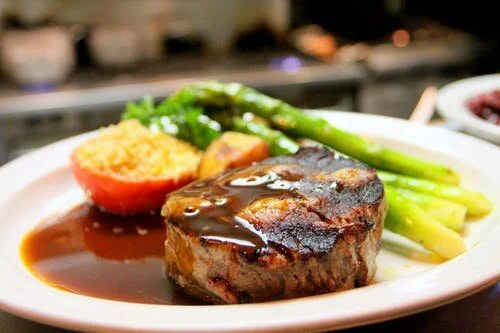How to Count Macros for Beginners
One of the very first things I have any of my clients start doing (regardless of their goals) is to begin tracking their macros. The reason for this is that I can’t make informed nutrition decisions without seeing what you are currently doing as far as food intake. However, I think the thought of tracking food can really scare some people off! They think it will be incredibly tedious and time-consuming. Additionally, I think this task can seem very daunting if it is something you haven’t done before. If you don’t know what a macro is or why you should be tracking them if you are trying to meet any physique goals, keep reading. This article will tell you why they are important and how to begin tracking them.
What is a macro?
Macronutrients (or macros) are simply the proteins, fats, and carbohydrates you are consuming. These macros, cumulatively, add up to the total calories you are taking in. If someone says they are counting their macros, they are essentially counting their calories, but with an even more granular breakdown.
Why would you want to bother tracking your food down to the macro level? If you can just count your calories instead, why add this additional level of complexity? If you are embarking on a fat loss journey, it is important to get in enough protein. Tracking your calories alone would not enable you to see how much protein you are getting in each day. Additionally, if you are attempting to eat specific macros ratios (for example, in order to reach ketosis) it is imperative to track not just your calories, but your macros as well.
How do I begin counting macros
If you have never counted your macros before, it is important to understand how they fit into your daily calories. Proteins and carbohydrates are both comprised of four calories per gram. Fats have nine calories per gram. Alcohol has seven. (We could go into more detail about alcohol, but that’s a topic for a separate post). While trying to track every single gram of each macro every day might seem daunting, technology has made it very easy.
If you’ve never tracked your food before, I would recommend just starting there. Simply download a food tracking app (myfitnesspal is a great one that is completely free) and start tracking everything you eat. While you can get very strict and weigh/measure your food down to the gram, as a beginner you can just “eyeball” your portions. (I would caution against eyeballing your fats since the calories from them can add up very quickly. However, since this is a beginner article, we aren’t going to discuss actually measuring your food down to the gram using a food scale.)
Once you have tracked your food for a few days, take a look at your macro totals at the end of the day. Myfitnesspal also gives you the option to look at your weekly averages for each macro, which can be a very useful tool. This will give you an idea of how much of each macro you were naturally consuming.
Where should I set my macros?
So now that you know how to track macros, how do you know how many of each you should be consuming? There are many calculators online. A simple Google search for “macro calculator” should produce lots of results. While these can be incredibly misleading for many reasons, it will at least give you a starting point. From here, you can input your biographical information and the calculator should give you target numbers you can aim for. While these calculators can’t take everything into account, they can give you a place to start if you are brand new to counting macros.
Once you know what macro targets you plan to hit each day, it is helpful to plan out most of your meals in advance. While you can certainly “wing it”, this is more likely to leave you near the end of the day either way under your macros or way over in some and under in others. It is typically the protein macro that is hardest for people to get enough of. I would recommend starting out by planning your meals around your protein sources. From there, you can fill in with carbs and fats.
Keep in mind that your macro targets should not be considered ceilings, but targets you want to get within 5-10 grams of each day. can be just as detrimental to your physique goals as over-eating can be.
Macro Calculation Example
Let’s look at a real-life example of calculating our macros. We will begin with calculating our macros from a simple snack. Suppose for our snack we had one medium apple with a Frigo string cheese. Myfitnesspal tells me that one medim apple has 20 grams of carbs and is 80 calories (4 calories per gram X 20 grams = 80 calories). The string cheese has 6 grams of fat, 6 grams of protein, and 1 gram of carbs and is 75 calories (6g protein X 4 plus 6g fat X 9 plus 1g carbs X 4 = approximately 75 calories). Your total macro breakdown for this snack will be 81g carbs, 6g protein, 6g fat. Simple, right?
Sources of each macro
Now that we know how to calculate our macro totals, what are some good sources of each macronutrient? While you can technically fill your macros with any food and still achieve good results in terms of your physique, you are better served filling your day with nutrient dense, whole foods. Some filling and nutritious examples of foods that are good sources of each macros include:
Carbs:
Fruit
Vegetables
Grains, including oats, rice, quinoa
Lentils, bean, peas
Milk and yogurt
Starches, such as potatoes and sweet potatoes
Fats:
Avocado
Peanut butter
Nuts
Eggs
Cheese
Flaxseeds and chia seeds
Butter
Protein:
Chicken
Beef
Protein bars
Protein powder (can be used to make shakes, mug cake, etc.)
Greek yogurt
Eggs/egg whites
Cheese
Fish
Tofu
Steak is a great protein source!
Tracking your macros – you don’t have to be perfect to begin
We’ve covered how to track your macros, how to set your macro targets, and discussed some foods that are good sources of each macro. Now go out and just start tracking! Don’t worry about being perfect. Just start by tracking your food and seeing where you are at naturally. Once you’ve done that for a week or so, determine what you want your targets to be and try your best to hit them. Don’t worry about being exact. If you can get within 5-10 grams of each macro every day, you will be well on your way to reaching your physique goals!
Boost Your Metabolism
Let us help you boost your metabolism! Book a free strategy call —or email We’ll set up a 15 minute call to discuss your goals and dieting history and help develop a customized plan that allows you to eat more (really!). We’ll also talk about how you can exercise to build calorie-burning muscle. The Couture Coaching Team wants to help you create a body you love—for life!
Want more metabolism-boosting ideas?
*Join our private Facebook Group (Boost Your Metabolism After Age 30)
*Listen to our podcast
*Follow us on Instagram
*Get our free video on how you can increase your metabolism
Click the links below to learn more about our programs:
*self-paced Master Your Metabolism Online Course.




